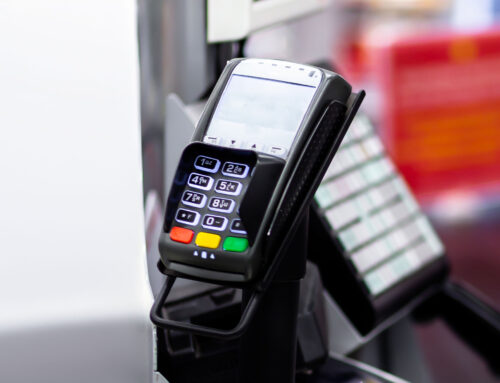What is interchange?
While more and more merchants are becoming familiar with the term “interchange”, some still find it confusing or convoluted when looking at their monthly statements. In the most basic form, interchange stands for the costs of processing and supporting the use of credit cards. Bank card issuers charge merchants this interchange fee every time a debit or credit card is used to make a purchase. They also set the rates for each type of transaction and update them twice a year. The fees are public knowledge and we have provided the link to see Visa and MasterCard’s interchange rates below:
Visa Interchange Rates
(https://usa.visa.com/download/merchants/visa-usa-interchange-reimbursement-fees-april2013.pdf)
MasterCard Interchange Rates
(http://www.mastercard.com/us/merchant/pdf/MasterCard_Interchange_Rates_and_Criteria.pdf)
There are hundreds of different interchange rates because there are hundreds of different types of cards and purchasing scenarios! Cards that carry heavier benefits (perks, points, and airfare) typically have higher interchange rates to help cover those costs. However, no matter the size of the Merchant, everyone has the same interchange costs.
There will always be two components to interchange: a percentage of volume of sale, and a per-transaction fee. A typical interchange rate looks like this:
2.15% + $0.10
Let’s say a merchant processes a $50 transaction. How much are they paying to cover the cost of processing that card? How much is interchange?
A = Percentage of volume per sale = ($50 * 2.15%) = $1.075
B = Per-transaction fee = $0.10 * 1 (since it was 1 transaction) = $0.10
A + B = $1.075 + $0.10 = $1.175 = Interchange
Since we know that interchange covers cost, how do Merchant Service Providers (MSPs) price merchants? Previously, it was common to see “tiered pricing”. This type of pricing is fading out due to the complex nature and confusion it caused to merchants. MSPs can give a great low rate to a merchant to accept one type of card but bury in all the paperwork much steeper rates on other types. There are qualified, mid-qualified, and non-qualified cards and each would be priced differently. MSPs would focus solely on say the qualified rate (sometimes even lose money on their qualified rate) but more than make up for it on the mid- and non- qualified rates. This is the old way of doing things. If you want competitive pricing, you will want to be on interchange plus.
Interchange plus essentially means that the MSP is giving the cost of processing the card to the merchant (interchange) PLUS their additional fee (their profits).
Let’s look back at 2.15% + $0.10. Again, this is representing one interchange (cost) rate. The MSP would add let’s say an additional 15 Basis Points (0.15%) and $0.10. The net effective rate would then look like this:
Interchange: 2.15% + $0.10
MSP Fee: 0.15% + $0.10
TOTAL Merchant Cost (to accept this type of card) = 2.3% + $0.20
All we did was add interchange and the MSP fee together. Let’s process that $50 transaction again and see how the fees break out.
($50 * 2.3%) + $0.20 = $1.35
Interchange = $1.075 + $0.10 = $1.175
MSP Fee = $0.075 + $0.10 = $0.175
Interchange plus pricing is the most desirable form of pricing because of its transparency and allowance for lower costs. At Financial Fuel Services, we only quote our customers with interchange plus pricing. If you have further questions about interchange or want to know whether or not you are on interchange, please let us know! We would love to help you understand how you are priced and what you can do to get the best possible rate.






